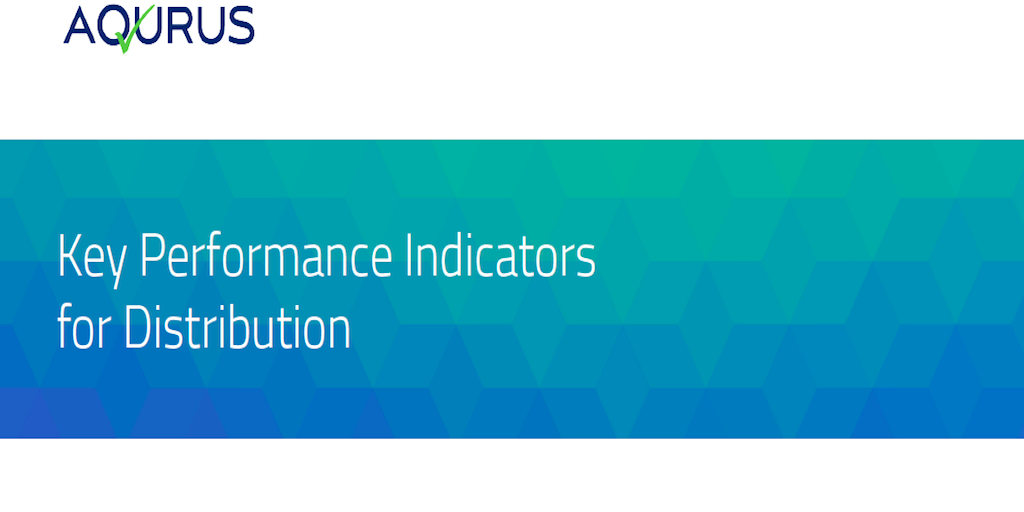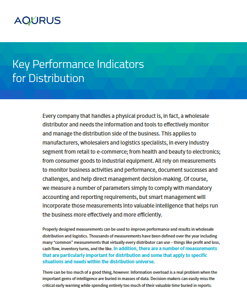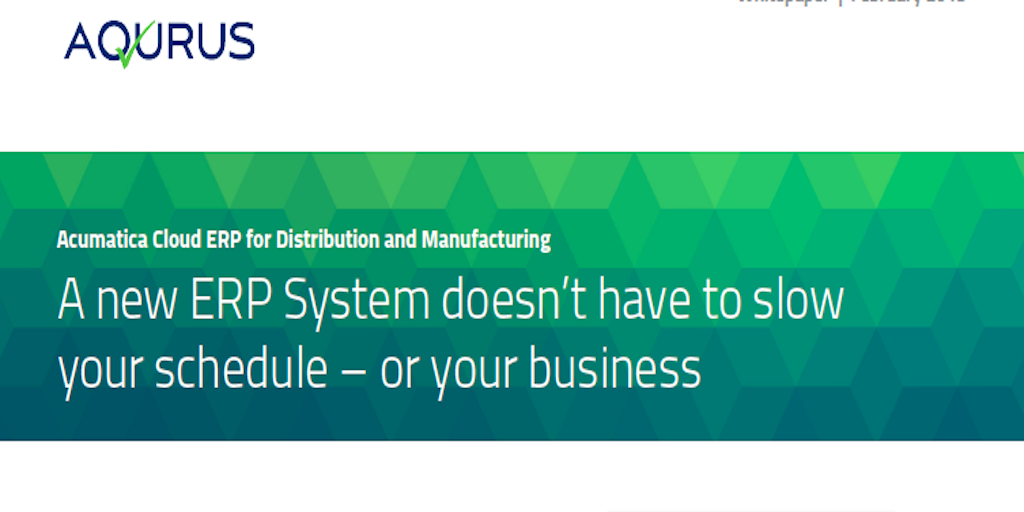Distribution Management Using KPIs
Distribution management using KPIs


Every company that handles a physical product is, in fact, a wholesale distributor and needs the information and tools to effectively monitor and manage the distribution side of the business. This applies to manufacturers, wholesalers and logistics specialists, in every industry segment from retail to e-commerce; from health and beauty to electronics; from consumer goods to industrial equipment. All rely on measurements to monitor business activities and performance, document successes and challenges, and help direct management decision-making. Of course, we measure a number of parameters simply to comply with mandatory accounting and reporting requirements, but smart management with ERP Software will incorporate those measurements into valuable intelligence that helps run the business more effectively and more efficiently.
| What historical and predictive KPIs can tell you about your business. | |
| Which three distribution KPIs to track most closely. | |
| Why out-of-the-box KPIs aren’t enough to improve performance. | |
| How to systematize your KPI process. | |
| The ideal number of KPIs to track on a daily basis. |
KPIs may have originated in large, complex organizations but their value is universally recognized, and technology has made powerful, flexible measurement systems with KPI capability both affordable and user-driven so smaller organizations can benefit as well. Many KPIs are historical in nature, focused on summarization, presentation, and analysis of data commonly found in distribution management systems. User-managed alerts and alarms highlight activities and business areas that need attention, relieving busy managers from the need to pore over endless reports and screens. Built-in tools enable fast, intensive analysis to get to the heart of the problem and make sound, informed decisions. KPIs are great for uncovering conditions or actions that adversely affect operations (problems) so they can be addressed quickly before losses pile up. KPIs are also good for identifying things that are doing particularly well and exceeding expectations, so that management can find out what is behind the improvement and how to replicate it throughout the organization. Predictive KPIs take it all a step further by using current patterns and external information to project operational results like revenue, profit, margin, workload/backlog, etc. in the future. Using these projections, management can be proactive in adjusting operations to produce better results and avoid undesirable outcomes. Keep in mind that KPIs can and should routinely change. For example, when a company has critical issues in one area, it can create appropriate KPIs to monitor the situation and track the effectiveness of the remedial actions. Once the situation has been corrected and stabilized, the KPI becomes less important and should be modified or replaced to track the next critical management issue. Note that this is an important procedure for limiting the growth of KPIs to the point where the forest obscures your view of the trees. Remember that the ideal number of KPIs to watch on a regular basis (daily?) is no more than 8 to 10.
KPIs are a standard business management tool that is becoming both more powerful and at the same time easier to use thanks to packaged Business Intelligence and Executive Information Systems applications that are part of a comprehensive back-office software system like Acumatica Distribution Management.

Distribution management using KPIs


Ever considered implementing a more robust business system for your wholesale distribution business but felt intimidated by the complexity of...